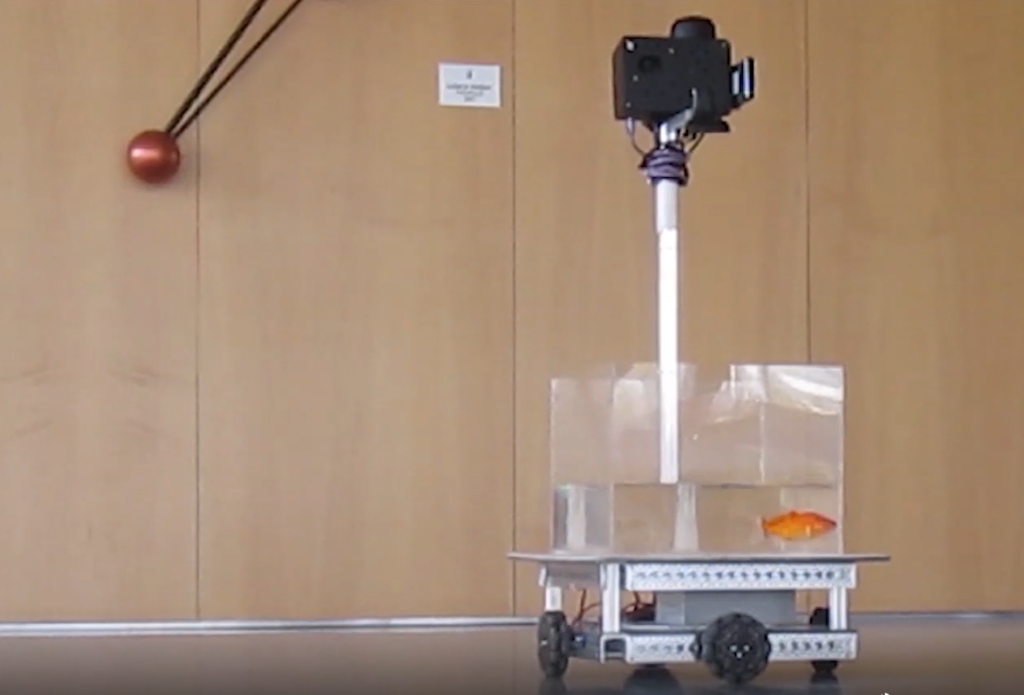
Robots Are Racing Through Our Blood to Cure Disease
Robots Are Racing Through Our Blood to Cure Disease
July 27, 2018
By Lina Zeldovich, an Americans for Ben-Gurion University Fromson Fellow from the 2018 Murray Fromson Journalism Fellowship.
OZY — Dr. David Zarrouk, director of Ben-Gurion University of the Negev’s Bio-Inspired and Medical Robotics Lab and a lecturer in the Department of Mechanical Engineering, carefully places the tiny robot into a cleaned-up pig intestine on his table and flips on the switch. About the size of a thumb, the miniature robot comes to life and starts worming through the intestine, all the way through the other end.
The BGU researcher draws his inspiration from the 1960s movie Fantastic Voyage. In the movie, a shrunken submarine swims through a scientist’s bloodstream to repair his brain. Dr. Zarrouk hopes to turn what he saw on the screen into reality. “You can call it a gut bot,” says Dr. Zarrouk. He isn’t alone.
Since the turn of the century, scientists have eyed implantable medical devices or particles, sometimes as tiny as ingestible pills, as a long-awaited solution that could allow them to monitor body functions from the outside while avoiding painful and at times costly surgeries. But now, researchers are developing minuscule robots that are emerging as the next frontier in medical science.
At Ben-Gurion University, Dr. Zarrouk is refining his gut bot to one day replace costly and uncomfortable intestinal diagnostic procedures in which doctors push a camera-equipped tube down a patient’s throat and into the stomach — to look for ulcers, polyps or tumors.
These emerging breakthroughs need to pass multiple trials and regulations before they become available in the medical market — they’re all at the laboratory stage at the moment. And even in the laboratory, the step up from stationary electronics to robots that swim through body fluids and blood isn’t straightforward.
To make his bot fully functional, Dr. Zarrouk needs to shrink its current size by half so it can fit inside a small capsule. Patients could then consume it, and doctors holding joysticks could direct its movement within the body. The gut bot would traverse the intestines, transmit the information from the inside and finally leave the body in a natural way, with excreta.
Researchers are convinced these swimming bots are the future of ingested medical electronics. When a young Dr. Zarrouk watched the film that would half a century later lead him to design his gut bot, it was pure science fiction. “Now it’s no longer fiction. It’s just science,” he says. And it’s the future.




